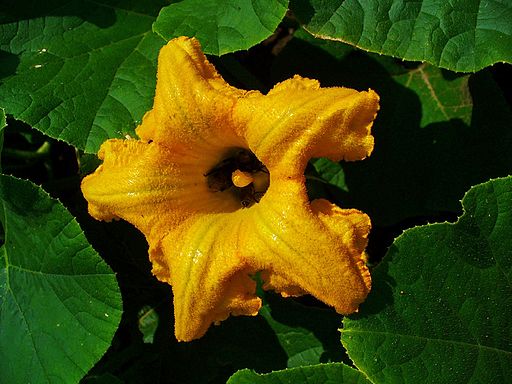Waste Not


A pair of Golden Guernsey goats eating a pumpkin in November 2011. Photo by Flickr user Rebecca. If these goats could talk, they might bleat a “Thank you!”
— Izzy





While the children are celebrating with restraint, willingly or not, their parents might take a moment to remember the candies they enjoyed as children. One candy, Necco wafers, may be no more after this year. The company that made them and other treats shut down earlier in the year, and its unclear whether the new owners will continue production of any of them. The New England Confectionery Company (NECCO) had been in business since 1901, after consolidating the operations of two other candy companies. Its flagship candy, Necco wafers, had been in production since before the Civil War.
That’s Charlie Brown in the sheet with too many holes, and Lucy in the witch costume, in the 1966 television special It’s the Great Pumpkin, Charlie Brown.
Like a lot of candies, candy corn for instance, Necco wafers arouse strong feelings either for or against them. Perhaps it’s because our opinions about candies are mostly formed in childhood that we develop lifelong allegiances or antipathies to them. The parents who affectionately remember candies their children find revolting may be likewise turned off by all the gummies and other newly popular treats. Though he likely didn’t have Halloween in mind when he wrote “Reflections on Ice-Breaking”, Ogden Nash managed to put it all in perspective anyway, and in only seven words.
— Izzy 
Before the Spaniards arrived in Mexico, the Aztecs and other indigenous peoples believed Monarch butterflies were returning human spirits. After the Spaniards imposed Catholicism throughout the region, the Native Americans transposed some of their ancient beliefs onto the new religion. In the case of the Monarch butterflies, since their annual migration brought them to their winter home in the mountains of Mexico more or less at the end of October and the beginning of November, it was a simple matter for Native Americans to meld their traditional celebration of the dead and honoring of the return of the butterflies at that time of year with the Christian holidays of All Saints’ Eve (Hallow e’en, or evening) on October 31st, All Saints’ Day on November 1st, and All Souls’ Day on November 2nd.

It is more important than ever, therefore, for individuals to do everything they can to assure the continued survival of Monarch butterflies, rather than relying on governmental entities to take the lead. It’s not hard; the butterflies don’t ask for much. Leave some tall weeds standing at the edge of a property rather than mowing absolutely everything down to half inch high grass. Among those tall weeds, plant or encourage some milkweeds as fodder for the caterpillars, and some wildflowers as nectar sources for the adult butterflies. Stop using pesticides and herbicides, at least the general purpose ones that kill all insects or all vegetation. Pay attention, be observant and respectful, and in the end enjoy what you have helped along in a way you could not possibly enjoy yet more grass or asphalt. The spirits are watching.
― Vita 

The nursery rhyme “Peter, Peter, Pumpkin Eater,” like many nursery rhymes seems nonsensical at first, and perhaps to young ears and minds it is best left that way because upon delving into its meaning there is darkness at the core, which may or may not yield life lessons, depending on individual interpretation. Charles Schulz’s It’s the Great Pumpkin, Charlie Brown, is more enjoyable for young and old alike, with more accessible life lessons. The 1966 TV special is, at 50, still a favorite for holiday viewing and is a masterwork of the animator Bill Melendez.




